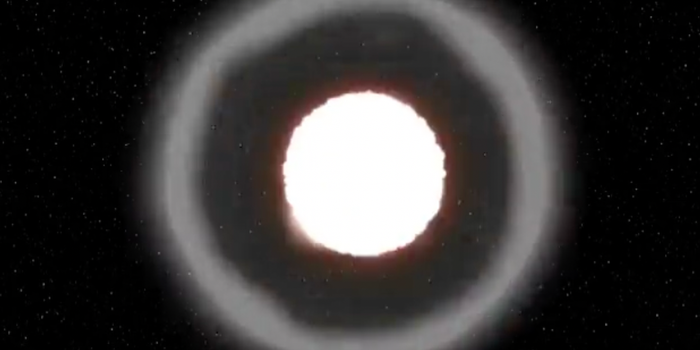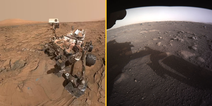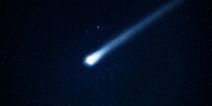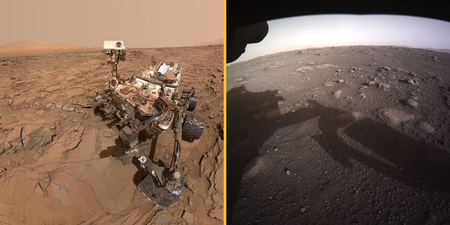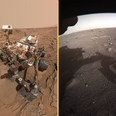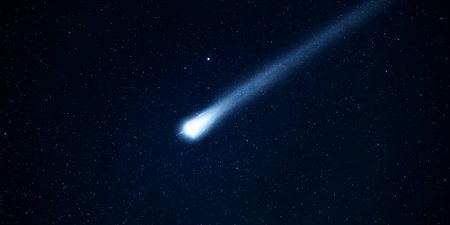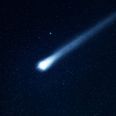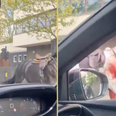The supernova was more than one billion light years away from Earth.
The earliest moments of a massive star exploding have been observed in unprecedented detail, with scientists saying this will help us better understand what happens when stars die.
Using data collected from Nasa’s Kepler space telescope in 2017, astrophysicists recorded the initial light burst from the star’s explosion – known as a supernova – as a shockwave blasted its way through the celestial body.
In a study published in the Monthly Notices of the Royal Astronomical Society, scientists think that the star that exploded was a yellow supergiant, meaning it was more than 100 times bigger than our sun.
Patrick Armstrong, a PhD student at the Australian National University and the study’s first author, said the earliest phase of a supernova had never been fully observed before.
He said: “In order to capture this, you have to be looking at the right part of the sky, at the right time, with the right amount of detail, to be able to see everything.”
He explained that because the supernova was more than one billion light years away from Earth, the light observed had “actually left that star a billion years ago.”
Astronomers expect one star to explode per galaxy every 100 years. Armstrong said: “There are millions of galaxies in the night sky, which means depending on how good your camera is, you might get about one supernova a week or up to one supernova a day if you’ve got a good camera like the Kepler space telescope.”
Entire supernova shock wave captured in detail by Kepler space telescope. By Genelle Weule pic.twitter.com/YRvBEq1vVz
— evriWorks (@evriWorks) August 6, 2021
The scientists involved made the discovery based on a “shock cooling light curve” which measured the change in the amount of light emitted by the supernova over time.
A supernova explodes rapidly but the light then takes several weeks to brighten and eventually dim. The early phase of explosion is only observable for a few days.
The spectrum of light released by a supernova can give clues as to its composition.
“We take the light from that supernova and we split it up into [a] rainbow, and depending on what colours we see – if there’s lots of red or green – that can give us information about what elements are in that supernova,” Armstrong said.
